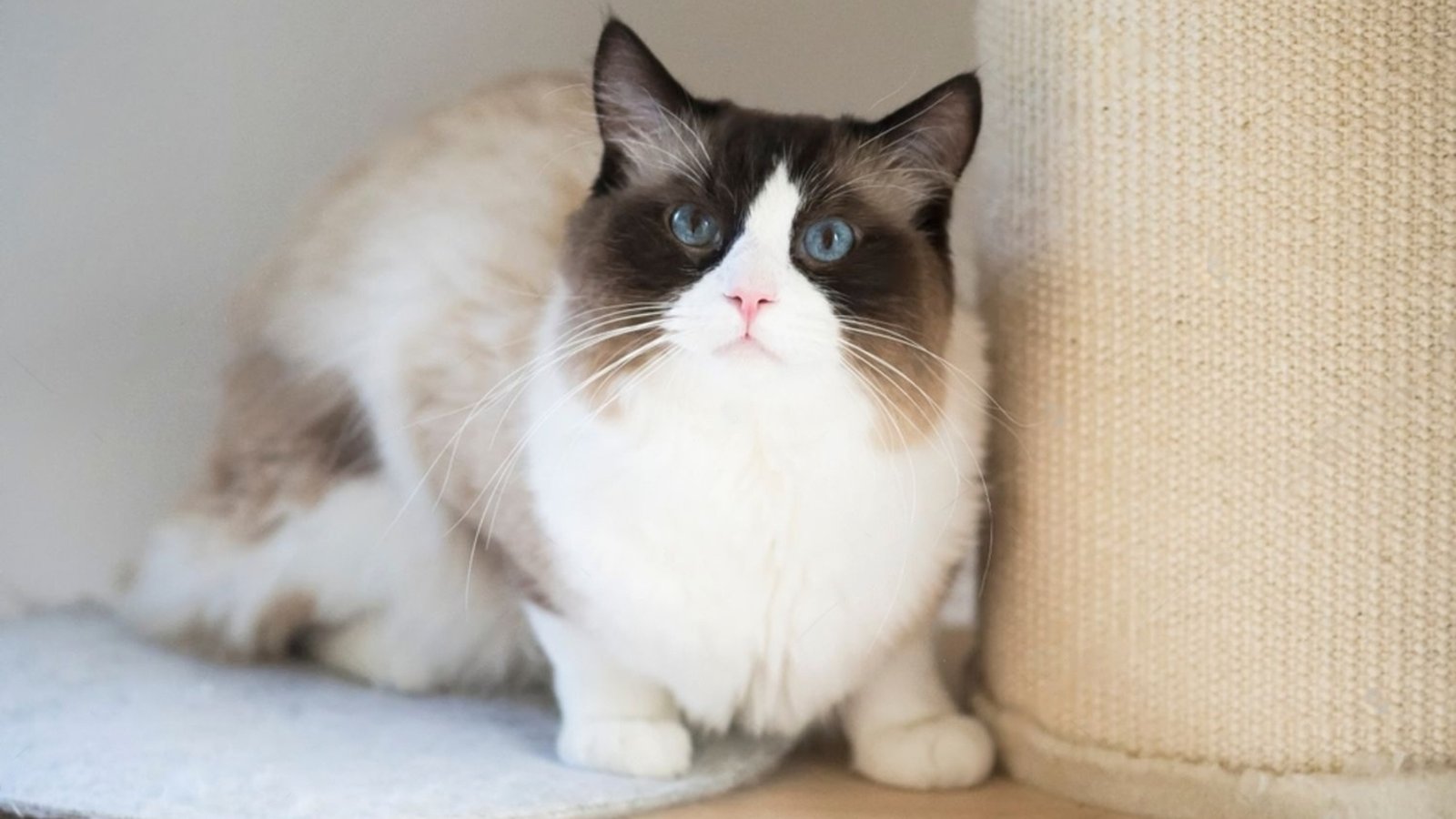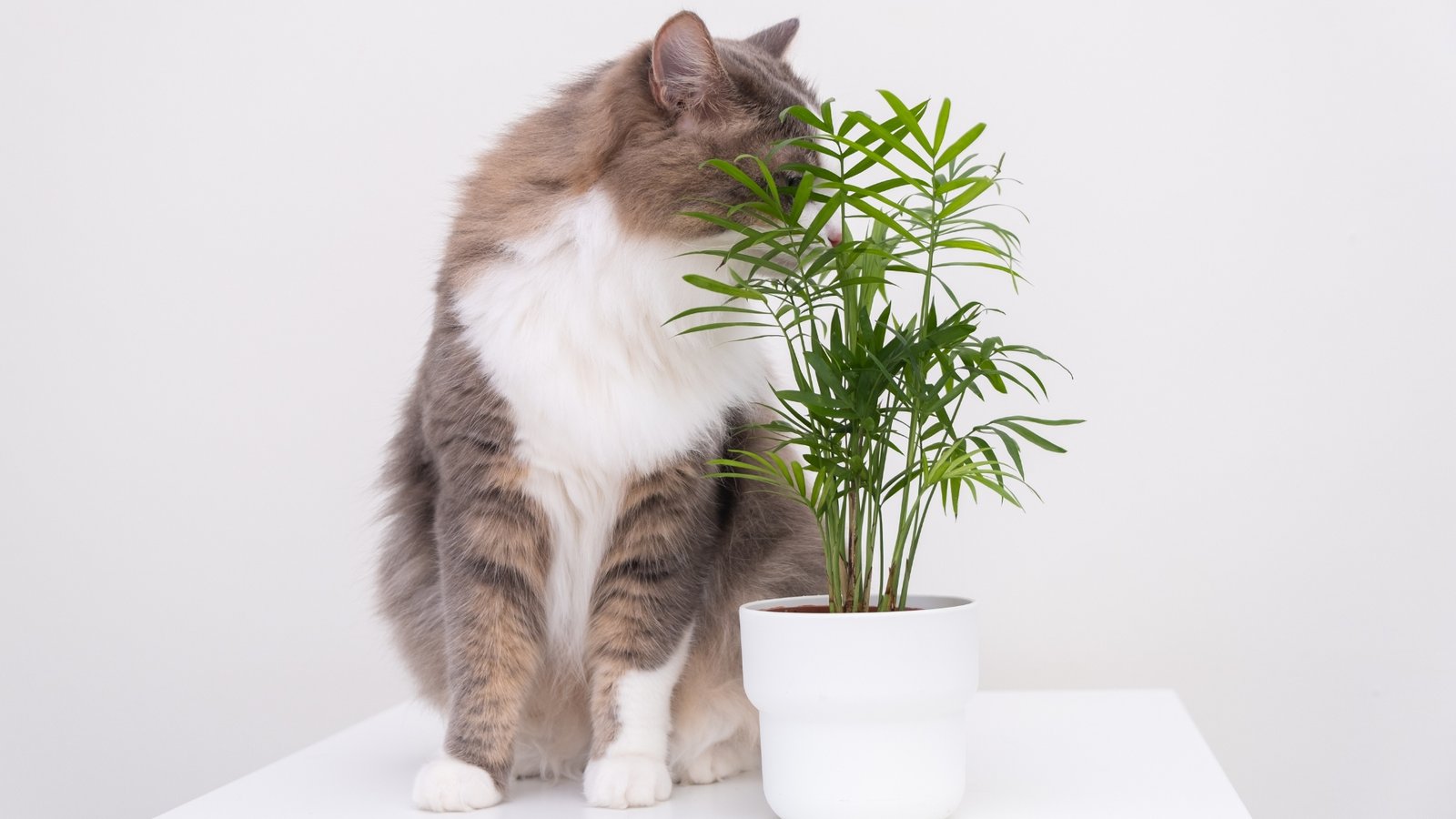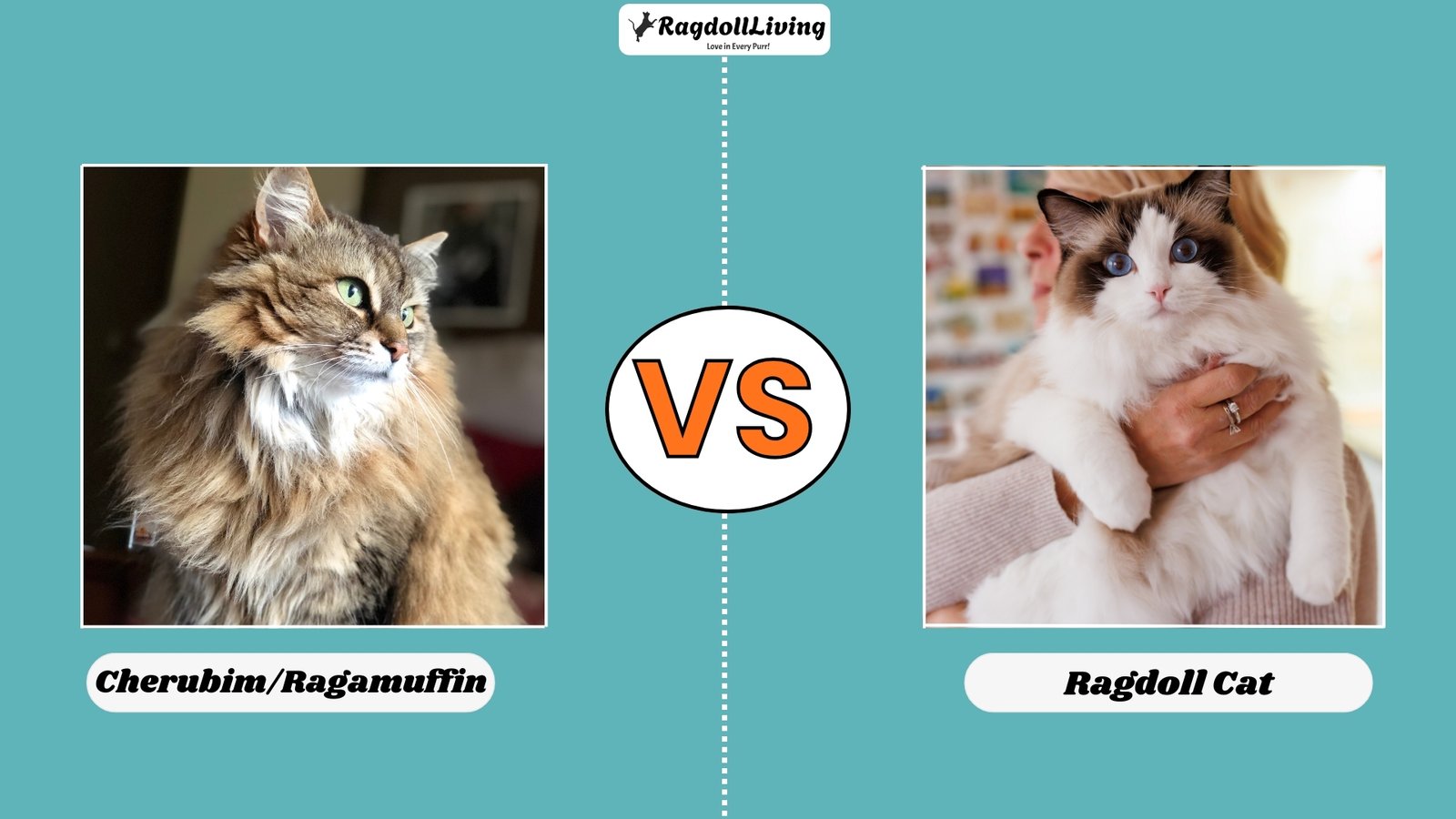In the first place, ragdolls’ furniture scratching is entirely normal and instinctual. Despite being chilled out or laid back, ragdoll cats do scratch furniture (less likely than other cat breeds) to scrape down their claws husk to release pent-up energy and mark their territory.
Their behavior of scratching stuff around the house might put you off though, trimmed claw, the right training, and buying a scratching post could seriously do wonders and save your belongings.
Here we featured why your ragdoll cat scratched furniture and what you can do to stop or redirect the behavior positively.
Why Ragdoll Cats Scratch Furniture

Ragdoll cats, like all cats, scratch furniture for a bunch of reasons that are deeply rooted in their natural instincts. This behavior normally kicks in around 8 weeks of age as kittens develop their hunting skills and practice using their claws.
Ragdolls scratch sturdy objects to sharpen their claws and remove the old, outer layer. It’s also a way for them to stretch out fully, which feels good and keeps them limber. Scratching releases calming chemicals in their bodies that help in terms of stress reduction.
Not only ragdoll cats but all cats have scent glands in between the pads of their feet which secrete pheromones and stamp info about their sex and overall health.
How To Stop a Ragdoll From Scratching Furniture
Provide Solid Scratching Posts
Cats ragdolls like to scratch in over the objects that resist the force exerted like your couch legs, furniture, and carpet. Pick scratching posts that don’t tip over or wobble and stay put when they really get into it. Since ragdolls grow big (9-11 inches), a rigid, upright structure with a heavy base is ideal.
This allows your raggies to dig their nails in and get a good stretch without fear of the post toppling over. The scratchers texture does matter, too. If your ragdoll cat seems interested in wood and scratches it over and over again, we recommend you go with one made of wood to rub their paws on. You could also mix it up with sisal rope, upholstery fabric, carpet, or even good cardboard scratcher posts.
Put The Scratching Post In the Right Place

Don’t just tuck away the scratching post you have for your ragdoll somewhere in a corner and expect your cat to use it. Rather, place it near the areas your ragdoll already fancies to scratch on. It could be the sofa, furniture, door frames, or their condo.
Put the cat scratcher and cat tree right next to them. Cats don’t think the way we do, so they won’t correlate the new post or pad as a replacement and desire to scratch furniture they do lately.
To deter scratching on furniture, you can make them less desirable to scratch by covering them with a tight-fitting sheet. Since ragdoll cats don’t like the slick smooth surface, a double sided sticky tape placed around the edges of your furniture will also hinder them from scratching.
Train Your Ragdoll To Use The Scratching Post
When you finish setup up the scratching posts at the right places around your house your ragdoll, at first might fend off and shun the new post though. You could make it more enticing by using a dangling toy, and laser light or trickling some catnip on it or around it. The smell will attract your ragdoll to scratch the post. You can also practice by placing your cat’s paws on it to show him/her where the scratching post is, what’s it for, and how to use it.
Use Cat Repellant Scratching Furniture Sprays
We recommend using a mild, non-toxic deterrent spray that won’t harm your ragdoll breed cat, offend you, and work on furniture. Cat-repellant sprays often have all-natural ingredients and use scents like citrus, lavender, or bitter apple to ward off cats. Apply the spray to the areas your cat scratches on the most, and reapply until it’s dry. You might need to top it up after 24-48 hours to maintain its effectiveness.
Keep The Claws Trimmed

Trimming your Ragdoll kitten nails every two to four weeks is not only part of their care but helps keep scratching furniture under control. It’s all that it takes to prevent things from getting out of hand. Giving your ragdoll a manicure might sound tough, but it’s not once you get the hang of it.
Since the ragdoll cat breed is way less aggressive than other breeds like Siamese or Bengal they won’t pose a big challenge for trimming. When you cut back their nails, just remove the sharp tips and don’t cut too close to the quick (the pink part of the nail), as this can be painful for your raggies.
Prevent Boredom Scratching
Sometimes, Ragdoll cats might scratch on furniture out of boredom. These gentle giants like to spend most of their time snoozing, they still need mental and physical stimulation to stay out of stress.
A lack of exercise and playtime can lead to more than just scratching. With their 10-20 lb frames, they’re prone to packing on extra weight and could face obesity issues later on if they aren’t kept active.
Ragdolls attach to their owner pretty quickly and love to have a companion. You can put puzzle toys, teaser wand toys, and balls all over your house, in their catio, and cat tree to keep them amused.
Frequently Asked Questions (FAQs)
How to stop your ragdoll cat from scratching the carpet
The same rule applies to carpets as it does for vertical furniture. Place horizontal scratching board near the areas your ragdoll cat likes to scratch perpetually. If your ragdoll prefers scratching over your carpet or floor, you can use cardboard-based horizontal scratching board, deterrent sprays like citrus sprays on the carpet, since cats dislike these scents, and putting toys or catnip around the scratching post or pad to encourage usage.
Do ragdoll kittens scratch furniture?
Same as adult cats, ragdoll kittens do scratch furniture. It’s a natural cat instinct that starts around 8 weeks old. They have a keen sense of smell so using scents they dislike, such as citrus, lavender, or peppermint, can deter them from furniture. Set up appropriate scratching surfaces early on and gradually redirect them when they scratch inappropriately with positive reinforcement.
Is declawing a good solution for Ragdolls who scratch furniture?
Declawing is utterly not recommended. It’s a painful procedure that removes not just the claw, but also takes out the first toe bone. It doesn’t even afterward stop their natural urge to scratch and can lead to behavioral issues like anxiety and irritability. You should focus on providing appropriate scratching posts and using deterrents to protect your furniture, floor, and carpets. Periodic nail trims and positive reinforcement for using scratching posts are much more humane alternatives.
Conclusion – The Bottom Line!
Scratching not only on furniture but also on carpet, floor, and rigid objects is an innate behavior for ragdoll cats. It’s up to us, their owners, to provide them with appropriate outlets for this natural instinct. A mix of proper training, strategically placed scratching posts, cat deterrent sprays, and plenty of toy-fueled adventures will keep your ragdoll entertained and your furniture intact. Hopefully, the insights and advice we have added in this article will help you understand your ragdoll cat needs to scratch and how to keep them from scratching where it’s inappropriate.
Written By: Usman Malik | Reviewed By: Ali Abbas | Fact Checked By: Aqib Zulfiqar








